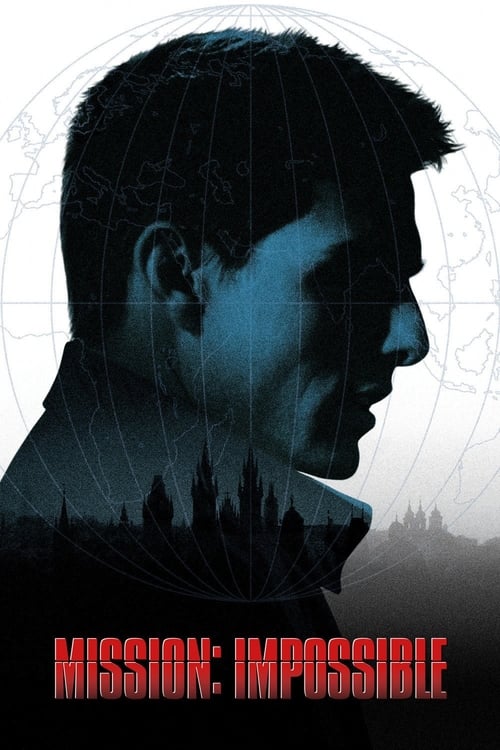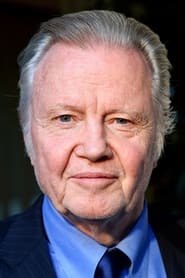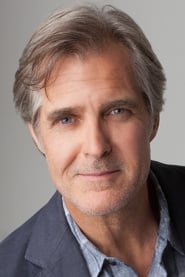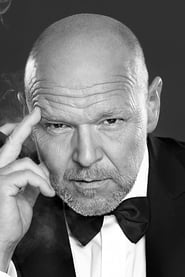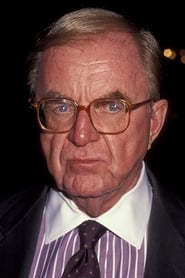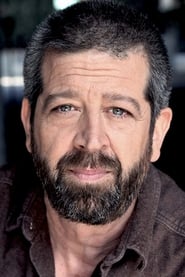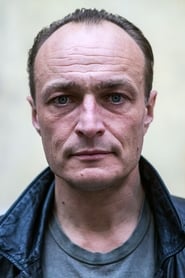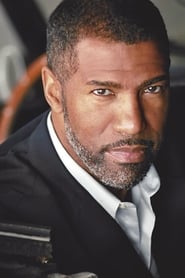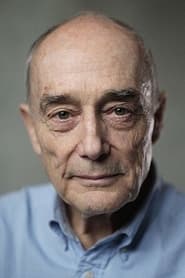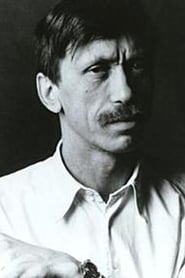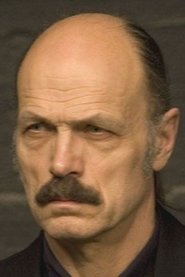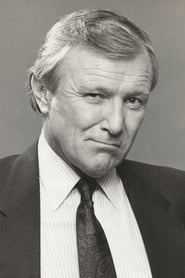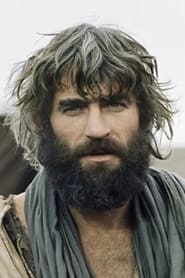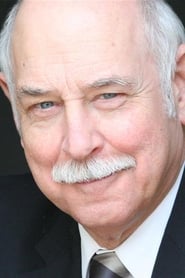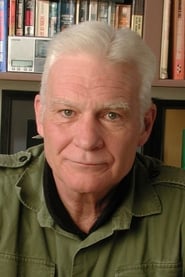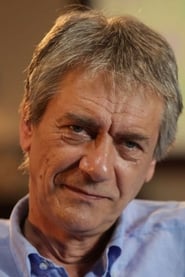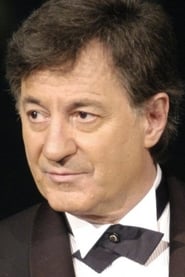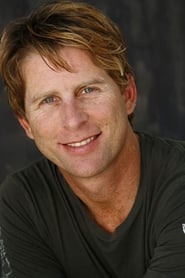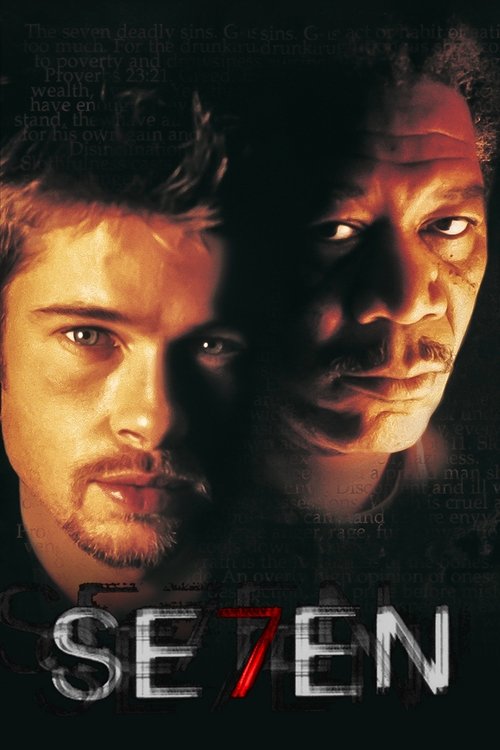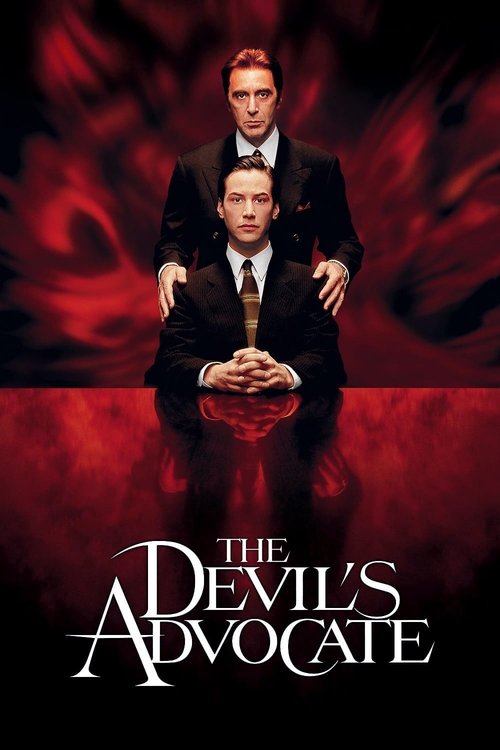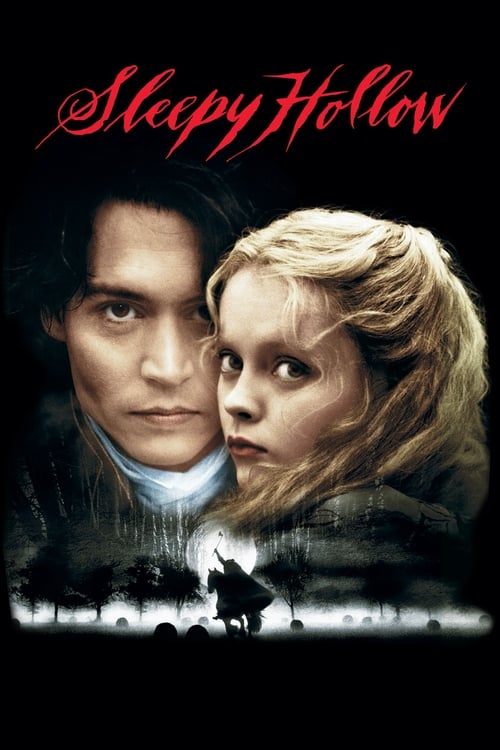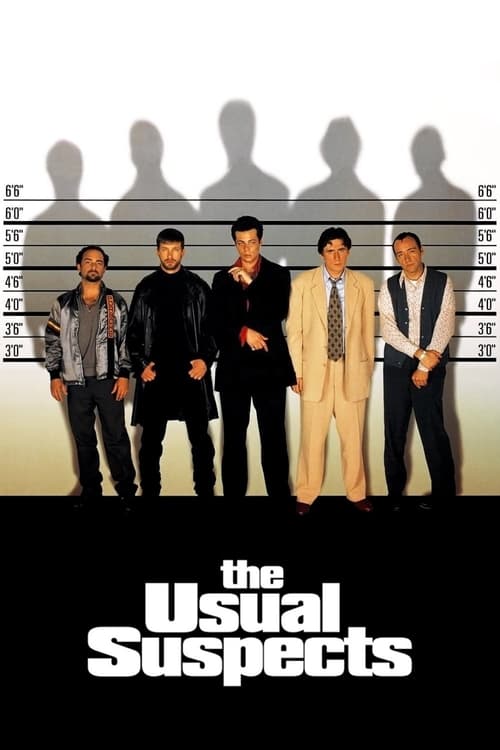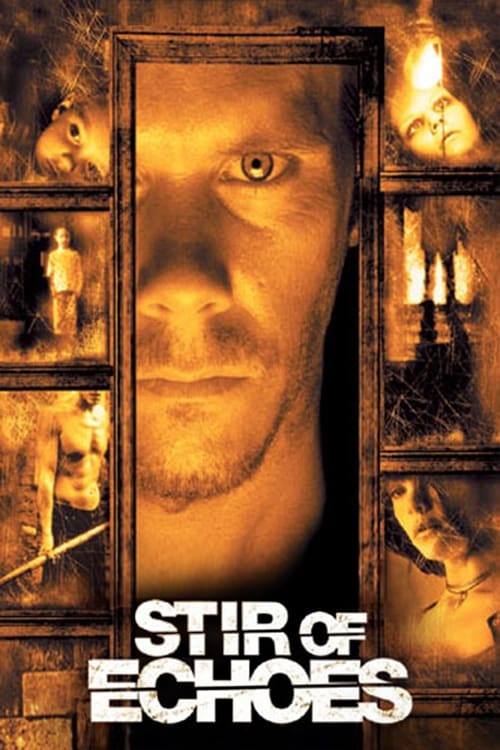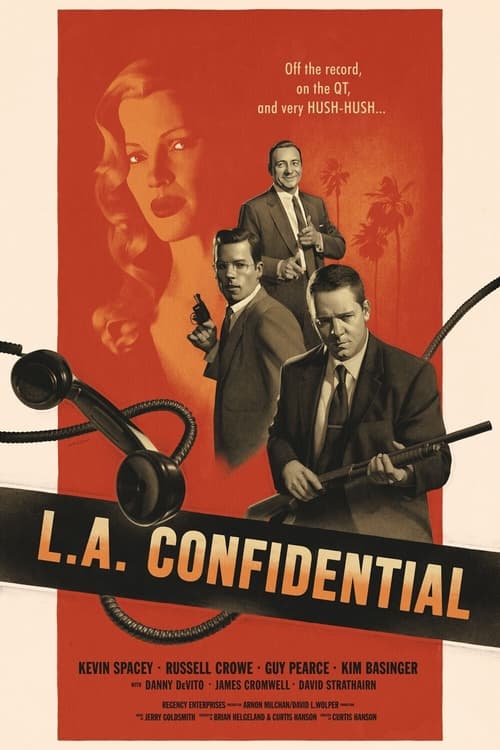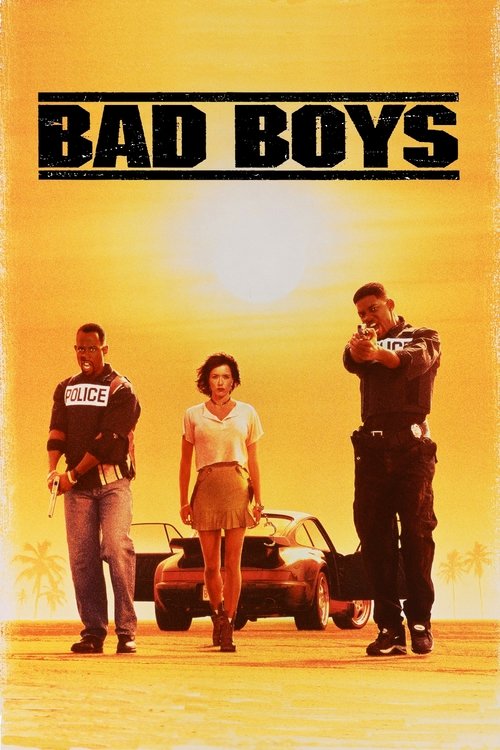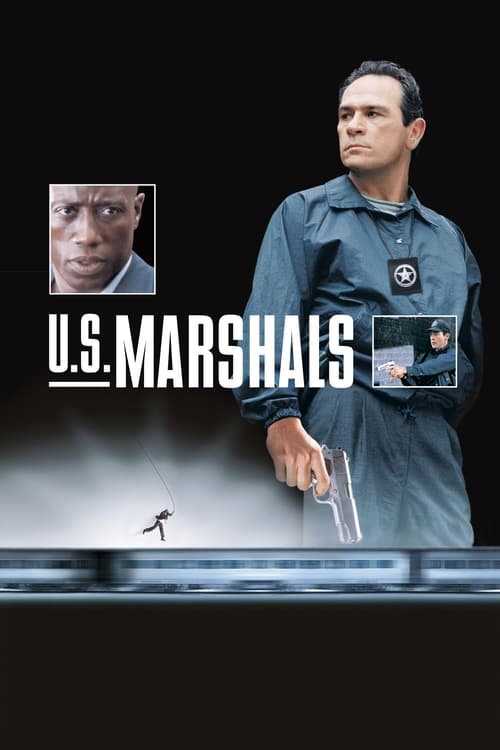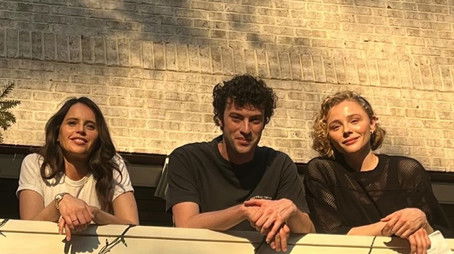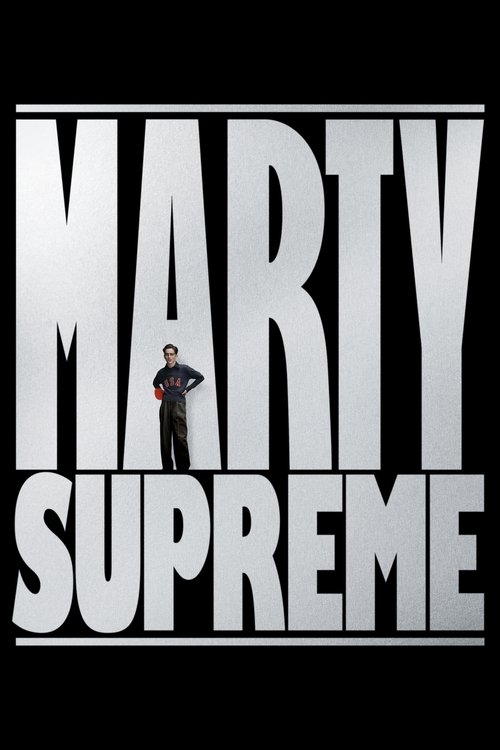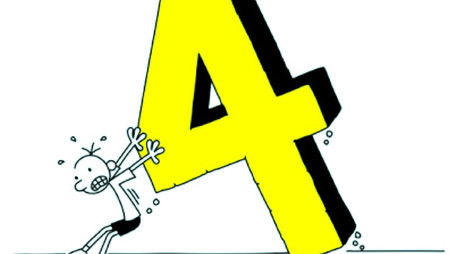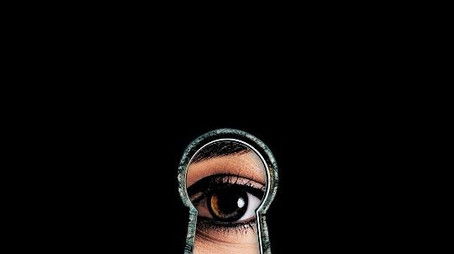
Ask Your Own Question
What is the plot?
In the shadowed corridors of espionage, the story of Mission: Impossible (1996) unfolds with a pulse-pounding intensity that begins in Kiev. The film opens with IMF (Impossible Missions Force) team leader Jim Phelps (Jon Voight) and his carefully assembled team concluding a high-stakes mission. Though the exact date and time remain unspecified, the atmosphere is taut with the tension of covert operations. Immediately, the team is redeployed to Prague, tasked with preventing the theft of the CIA's NOC list--a secret roster revealing the true identities of undercover agents across Europe. This list is split into two halves for security: one half already in the hands of the rogue agent Alexander Golitsyn (Marcel Iureș), the other securely stored in the U.S. embassy in Prague.
Jim Phelps leads the team with quiet authority, coordinating the mission with precision. His point man, Ethan Hunt (Tom Cruise), is introduced preparing meticulously for the operation, embodying a blend of confidence and focus. Alongside them are Claire Phelps (Emmanuelle Béart), Jim's wife and a skilled operative; Sarah Davies (Kristin Scott Thomas), the team's security expert; Hannah Williams (Ingeborga Dapkunaite); and Jack Harmon (Emilio Estevez), the security systems specialist. The mission briefing underscores the critical nature of the NOC list and the need to stop Golitsyn from selling it to unknown buyers. Jim casually references his previous assignment at the Drake Hotel in Chicago, a detail that will later prove crucial.
As the team moves into Prague, the tension escalates. The operation is designed to catch Golitsyn in the act of stealing the second half of the NOC list from the embassy. The team shadows Golitsyn, tracking his movements closely. The city's cobblestone streets and shadowed alleys provide a cinematic backdrop for the unfolding drama. However, the mission quickly unravels into chaos. Golitsyn is killed during the operation, though the exact circumstances are murky, hinting at deeper betrayal. One by one, the team members fall victim to unseen enemies. Jack Harmon is shot during the mission, his death marked by sudden violence that shakes the team's cohesion. Sarah Davies witnesses Golitsyn's death and the theft of the NOC list but is herself gunned down shortly after, her final moments steeped in shock and disbelief. Hannah Williams also dies, though the film leaves her exact fate less detailed, contributing to the mounting sense of a systematic elimination.
Amid this carnage, Ethan Hunt becomes the sole survivor, his world collapsing around him. Through the camera in his glasses, he witnesses what appears to be Jim Phelps' death and Claire's car exploding, seemingly killing her. The weight of these losses is palpable as Ethan flees the scene, haunted by betrayal and confusion.
Ethan's next encounter is with Eugene Kittridge (Henry Czerny), the stern IMF director, at a quiet café. The atmosphere here is tense and claustrophobic, a stark contrast to the chaos of Prague's streets. Kittridge reveals that the entire mission was a setup designed to flush out a mole within the IMF, codenamed "Job." Golitsyn, it turns out, was not a rogue agent but a pawn in this elaborate scheme. Kittridge suspects Ethan himself of being the mole, a revelation that turns the hunter into the hunted. Ethan's calm breaks as he realizes the depth of the conspiracy against him. When Kittridge attempts to detain him, Ethan uses a piece of plastic explosive disguised as chewing gum to escape, a moment charged with desperation and ingenuity.
Returning to his safe house in Prague, Ethan's mind races to decode the cryptic "Job 314." His breakthrough comes when he interprets it as a reference to the Bible verse Job 3:14, revealing that "Job" is not a number but the mole's codename. This insight deepens the mystery and sharpens Ethan's resolve.
Claire Phelps reappears, alive and shaken, explaining that Jim warned her before his apparent death that the team was compromised, allowing her to fake her own death and escape. Her conflicted emotions are evident as she grapples with loyalty and survival. Ethan and Claire's reunion is brief and fraught with tension, underscoring the fractured trust within the team.
Ethan arranges a clandestine meeting with Max, an arms dealer involved in the NOC list's sale. Initially skeptical, Max is convinced by Ethan's warning that the list she possesses is a fake, rigged with a tracking device. Their uneasy alliance culminates in a daring escape from a raid by Kittridge's agents, heightening the stakes and propelling the narrative forward.
To uncover the truth, Ethan recruits two disavowed IMF agents: Luther Stickell, a computer expert, and Franz Krieger, a pilot. Together, they orchestrate a bold infiltration of CIA headquarters in Langley to steal the real NOC list. The tension peaks as Ethan's mother and uncle are falsely arrested for drug trafficking, a move designed to lure him out. Using media coverage, Ethan forces Kittridge to negotiate, arranging a meeting at London's Liverpool Street Station. There, a tense phone call reveals that Phelps is alive and claims Kittridge is the mole, flipping the narrative once again.
Ethan's suspicions crystallize when he discovers a stolen Gideon's Bible from the Chicago Drake Hotel, linking Phelps to the betrayal. The revelation that Jim Phelps orchestrated the entire setup, including the deaths of his own team, is a gut-wrenching twist. Ethan also suspects Krieger's involvement in the killings but remains uncertain about Claire's complicity.
The climax unfolds aboard the Eurostar train to Paris. The sleek, high-speed train hurtles through the countryside, a confined stage for the final confrontation. Ethan confronts Jim Phelps, recording their conversation as Phelps attempts to justify his actions. The dialogue crackles with tension:
"You think you're the only one who's been betrayed?" Phelps sneers, his calm facade cracking.
Ethan counters, voice steady but fierce, "You killed your own team. You betrayed everything we stood for."
As the train speeds toward Paris, Luther and Ethan work to secure the real NOC list. The confrontation escalates into a physical battle on the train's roof, where Krieger tries to escape using a helicopter tethered to the train. In a breathtaking, cinematic moment, Ethan latches the helicopter to the train, steering it into the Channel Tunnel. The helicopter crashes violently, engulfed in flames, killing Phelps in the explosion. Claire, caught in the crossfire and hesitating to stop Ethan, is shot but survives, her fate ambiguous yet hopeful.
Max is arrested, her role as an arms dealer curtailed. Luther is reinstated as an IMF agent, symbolizing a restoration of order amid chaos. Ethan clears his name but remains disillusioned, uncertain whether to fully rejoin the IMF. The film closes with Ethan aboard a plane, the weight of his ordeal etched on his face. A flight attendant approaches, delivering a coded phrase that signals a new mission, echoing the film's opening and hinting at future adventures.
Thus, the story of Mission: Impossible (1996) weaves a complex tapestry of betrayal, loyalty, and survival, ending with the promise that Ethan Hunt's journey is far from over.
What is the ending?
In the ending of "Mission: Impossible," Ethan Hunt successfully retrieves the NOC list and exposes the mole within the IMF. He confronts the true traitor, Jim Phelps, and ultimately defeats him. The film concludes with Ethan and his team escaping, and Ethan receiving a new mission briefing.
As the climax of "Mission: Impossible" unfolds, the tension escalates in a dimly lit, high-tech train station in Prague. Ethan Hunt, portrayed by Tom Cruise, is on a mission to retrieve the NOC list, a classified document containing the identities of undercover agents. The stakes are high, and the atmosphere is thick with suspense as Ethan races against time.
Ethan, having gathered his team, which includes the skilled hacker Luther Stickell, the expert thief Franz Krieger, and the resourceful Claire Phelps, prepares to confront the real traitor within their ranks. The audience is acutely aware of the betrayal that has unfolded, as Jim Phelps, played by Jon Voight, has revealed himself to be the mole. This revelation is a gut punch for Ethan, who had trusted Jim as a mentor and leader.
In a tense confrontation, Ethan and Jim face off in a secluded area of the train station. Jim, with a cold and calculating demeanor, tries to justify his actions, revealing his motivations rooted in betrayal and greed. The emotional weight of their relationship hangs heavily in the air, as Ethan grapples with the realization that the man he admired has turned against him. The confrontation escalates, and in a moment of desperation, Ethan manages to outsmart Jim, leading to a dramatic showdown.
As the fight intensifies, Ethan's determination shines through. He uses his resourcefulness and agility to gain the upper hand, ultimately leading to Jim's demise. In a final act of betrayal, Jim attempts to escape but is met with a fatal end, leaving Ethan to grapple with the loss of a mentor turned enemy.
With the NOC list secured, Ethan reunites with Luther and Claire. The emotional toll of the mission weighs heavily on him, but there is a sense of relief and triumph as they successfully thwart the larger conspiracy. The team members share a moment of camaraderie, acknowledging the risks they took and the bonds they formed through adversity.
In the final scenes, Ethan receives a new mission briefing from the IMF, hinting at the adventures that lie ahead. The camera captures his resolute expression, a blend of determination and the burden of his experiences. The film closes with a sense of closure for Ethan, yet leaves the door open for future challenges, embodying the essence of the "Mission: Impossible" franchise.
As the credits roll, the fates of the main characters are clear: Ethan emerges as a resilient leader, having faced betrayal and loss but ultimately standing strong. Luther and Claire, having proven their loyalty and skills, are now part of Ethan's trusted circle. Jim Phelps, once a revered figure, meets a tragic end, serving as a cautionary tale of betrayal and the consequences of one's choices. The film concludes, leaving the audience with a lingering sense of excitement for what lies ahead in Ethan's journey.
Is there a post-credit scene?
The movie "Mission: Impossible," released in 1996, does not have a post-credit scene. The film concludes with the resolution of the main plot, where Ethan Hunt, played by Tom Cruise, successfully uncovers the mole within the Impossible Mission Force (IMF) and clears his name. The final moments of the film focus on the aftermath of the mission, with Ethan receiving a new assignment and a sense of closure regarding the events that transpired. The credits roll without any additional scenes or content following them.
What is the significance of the NOC list in Mission: Impossible?
The NOC list, or Non-Official Cover list, is a crucial element in the plot of Mission: Impossible. It contains the identities of undercover agents and their assignments, making it a highly sensitive document. The theft of this list sets off the main conflict, as the protagonist, Ethan Hunt, must recover it to protect the lives of his fellow agents and prevent a catastrophic breach of security.
How does Ethan Hunt's team change throughout the film?
Ethan Hunt begins the film as part of a team led by Jim Phelps. After a botched mission results in the deaths of his team members, Ethan becomes a fugitive. He later assembles a new team, including Luther Stickell, Franz Krieger, and Claire Phelps, to help him clear his name and retrieve the NOC list. This shift from a trusted team to a new, more diverse group highlights Ethan's resourcefulness and adaptability.
What role does Jim Phelps play in the story, and what is his true motivation?
Jim Phelps, portrayed by Jon Voight, initially appears to be the leader of the IMF team and a mentor to Ethan Hunt. However, as the plot unfolds, it is revealed that Jim is the film's antagonist. His true motivation is to sell the NOC list to the highest bidder, betraying his team and the agency. This betrayal adds a layer of emotional conflict for Ethan, who must confront the man he once trusted.
What is the significance of the scene in the CIA headquarters involving the ventilation shaft?
The scene in the CIA headquarters is one of the film's most iconic moments, showcasing Ethan Hunt's skills and the high stakes of his mission. As he navigates the complex security system, the tension builds, emphasizing his determination and resourcefulness. The visual of him hanging from the ceiling, suspended inches above the floor, captures the danger and precision required in espionage, while also highlighting his emotional state of focus and desperation to succeed.
How does the film portray the theme of trust among characters?
Trust is a central theme in Mission: Impossible, particularly illustrated through Ethan Hunt's relationships with his team members. Initially, there is a strong bond of trust within the IMF team, but after the betrayal by Jim Phelps, Ethan struggles to determine who he can rely on. This theme is further explored in his interactions with Claire Phelps, where romantic tension complicates their trust. The film ultimately questions the reliability of appearances and the difficulty of discerning true loyalty in the world of espionage.
Is this family friendly?
"Mission: Impossible" (1996) is an action thriller that contains several elements that may not be suitable for children or sensitive viewers. Here are some potentially objectionable or upsetting aspects:
-
Violence: The film features intense action sequences, including hand-to-hand combat, gunfights, and explosions. Some scenes depict characters being shot or injured, which may be distressing.
-
Death: There are moments where characters die, often in sudden and violent ways. The emotional impact of these deaths can be significant.
-
Tension and Suspense: The film is filled with high-stakes situations that create a sense of danger and urgency, which might be frightening for younger viewers.
-
Betrayal and Deception: Themes of betrayal among characters can be complex and may be difficult for children to understand, leading to confusion or anxiety.
-
Language: There are instances of mild profanity throughout the film, which may not be appropriate for all audiences.
-
Mature Themes: The plot involves espionage, betrayal, and moral ambiguity, which may be too complex or unsettling for younger viewers.
Overall, while "Mission: Impossible" is a thrilling film, its content may not be suitable for a family-friendly viewing experience.

